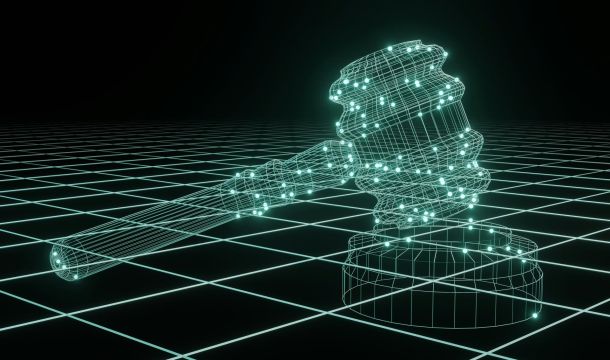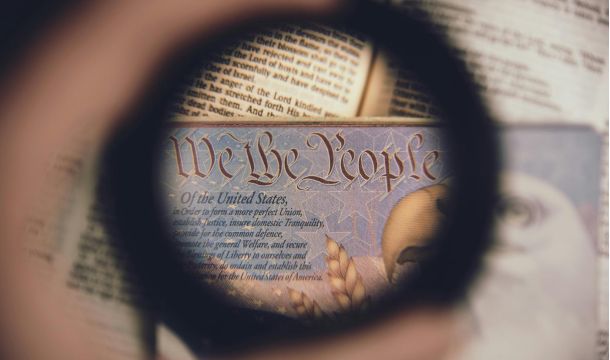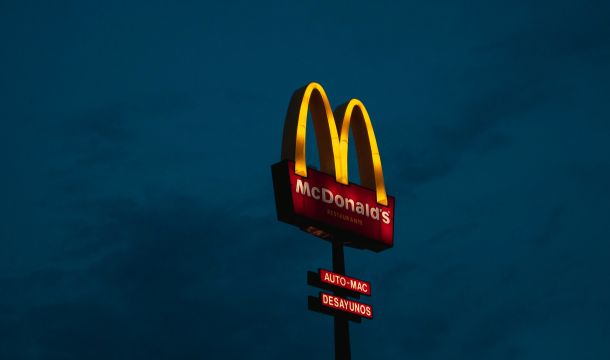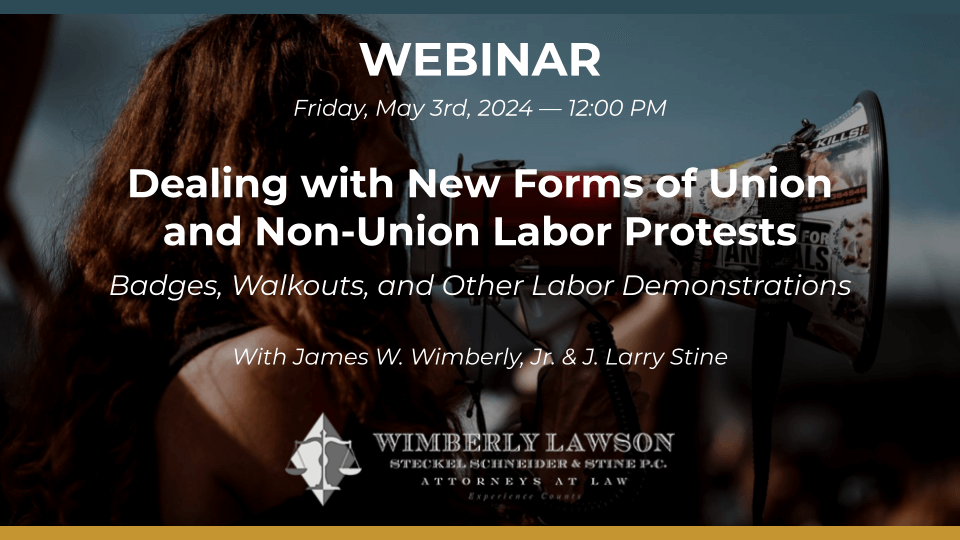NLRB PUSHES A ITS QUICKIE ELECTION RULE PRIOR TO REPUBLICAN TAKEOVER OF CONGRESS
On December 15, 2014, the NLRB adopted as a final rule its "quickie election" process for union elections. The new rule will take effect on April 14, 2015. The changes include the following:
- After the union files a representation petition, a hearing on the petition will be scheduled eight (8) days after hearing notice is served. The non-petitioning party, usually the employer, will be required to respond to the petition and state its positions the day before the pre-election hearing opens. The petitioner, usually the union, will respond to the issues raised by the non-petitioning party at the opening of the hearing.
- Only issues necessary to determine whether an election should be conducted will be litigated at the pre-election hearing. The NLRB will defer litigation of eligibility and inclusion issues affecting a small percentage of the appropriate voting unit to the post-election stage.
- As part of its statement of position, the employer will be required to provide a list of prospective voters with their job classifications, shifts and work locations, to the NLRB’s regional office and to the union, generally one business day before the pre-election hearing opens.
- In addition, the employer must submit a voter list within two (2) business days of the NLRB regional director’s approval of an election agreement or decision directing an election. The voter list will now include personal phone numbers and email addresses if available to the employer.
Editor’s Note: This new long-anticipated NLRB rule is known in some circles as the "ambush" election rule. The reason is that it will reduce the time period between the union filing a petition (request) for an election and the election itself to approximately twenty-five (25) days. Since there is no requirement on the part of the union to give the employer early notice of its organizing campaign and/or the filing of an election petition, the employer will have only approximately three (3) weeks to understand the issues, determine its legal position and comply with numerous NLRB requirements, educate its management staff on NLRB speech issues, and communicate its position on unionism to the workforce.
We will devote more discussion in the next newsletter to this issue, as the "quickie election" rule is probably the most important NLRB pronouncement in the past 65 years. It currently takes a median of forty-two (42) days to conduct an NLRB election, a time period which will be significantly reduced under the new procedures. Historical data shows that the longer the employer has to communicate and explain its position about unions, including their disadvantages, the greater the employer’s chances of prevailing in the election. This advantage was the very reason the NLRB majority changed its procedures.
The quickie election rule was passed on a 3-2 vote of the NLRB, with the two Republican members dissenting. Undoubtedly the new procedures will be challenged in court, but employers should not count on the quickie election rules being overturned in court.
Related Content
Get Email Updates
Recent Content

Judge Invalidates Joint Employer Rule, and Independent Contractor Rule Takes Effect

The Importance of Fairness in Employment to the Law and to Job Satisfaction

Major Employers Challenge Constitutionality of Labor Act

Starbucks' Big Change in Labor Policies

Judge Orders Survey Data to Be Revealed from Employer EEO-1 Reports

